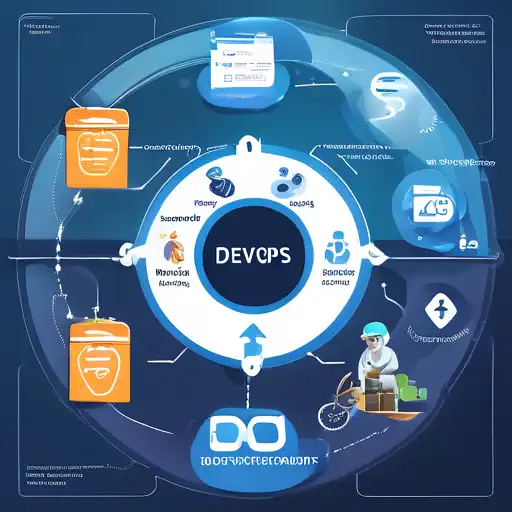Introduction to DevOps in Software Development
DevOps has revolutionized the way software is developed, deployed, and maintained. By bridging the gap between development and operations teams, DevOps practices ensure a smoother, more efficient software development lifecycle (SDLC). This article explores the myriad ways DevOps enhances the SDLC, from improving collaboration to accelerating delivery times.
The Role of DevOps in Modern Software Development
At its core, DevOps is about fostering a culture of collaboration between developers and IT operations. This synergy is crucial for automating and streamlining the software development process, leading to faster release cycles without compromising on quality.
Continuous Integration and Continuous Delivery (CI/CD)
One of the hallmarks of DevOps is the implementation of CI/CD pipelines. These pipelines automate the testing and deployment of code, significantly reducing manual errors and speeding up the release process. Learn more about CI/CD and how it benefits your development team.
Improved Collaboration and Communication
DevOps breaks down the silos between development and operations teams, encouraging open communication and collaboration. This not only improves efficiency but also enhances the quality of the software being developed.
Key Benefits of DevOps in the SDLC
Adopting DevOps practices offers numerous advantages throughout the software development lifecycle. Here are some of the most significant benefits:
- Faster Time to Market: By automating repetitive tasks, teams can focus on innovation and deliver products faster.
- Enhanced Quality: Continuous testing ensures that bugs are identified and fixed early in the development process.
- Increased Efficiency: Automation reduces the need for manual intervention, freeing up resources for more critical tasks.
- Better Risk Management: With more frequent releases, the impact of failures is minimized, making it easier to manage risks.
Implementing DevOps: Best Practices
To fully leverage the benefits of DevOps, organizations should consider the following best practices:
- Adopt a culture of continuous improvement and learning.
- Invest in the right tools and technologies that support automation and collaboration.
- Focus on monitoring and feedback to continuously refine and improve processes.
For teams looking to dive deeper into DevOps, exploring essential DevOps tools can provide a solid foundation for implementation.
Conclusion
DevOps is not just a set of practices but a culture that transforms the software development lifecycle. By embracing DevOps, organizations can achieve faster delivery times, improved product quality, and higher customer satisfaction. The journey to DevOps adoption may require significant changes, but the rewards are well worth the effort.
